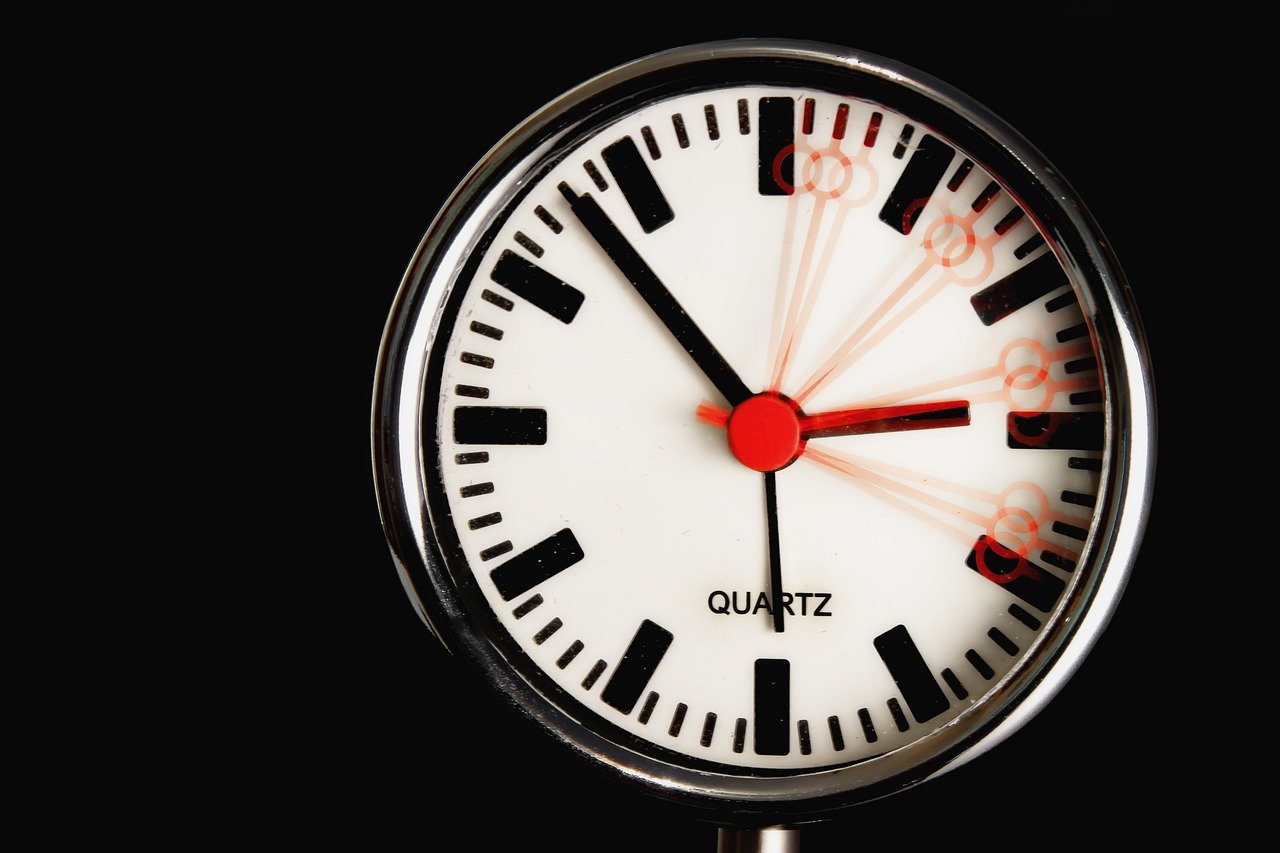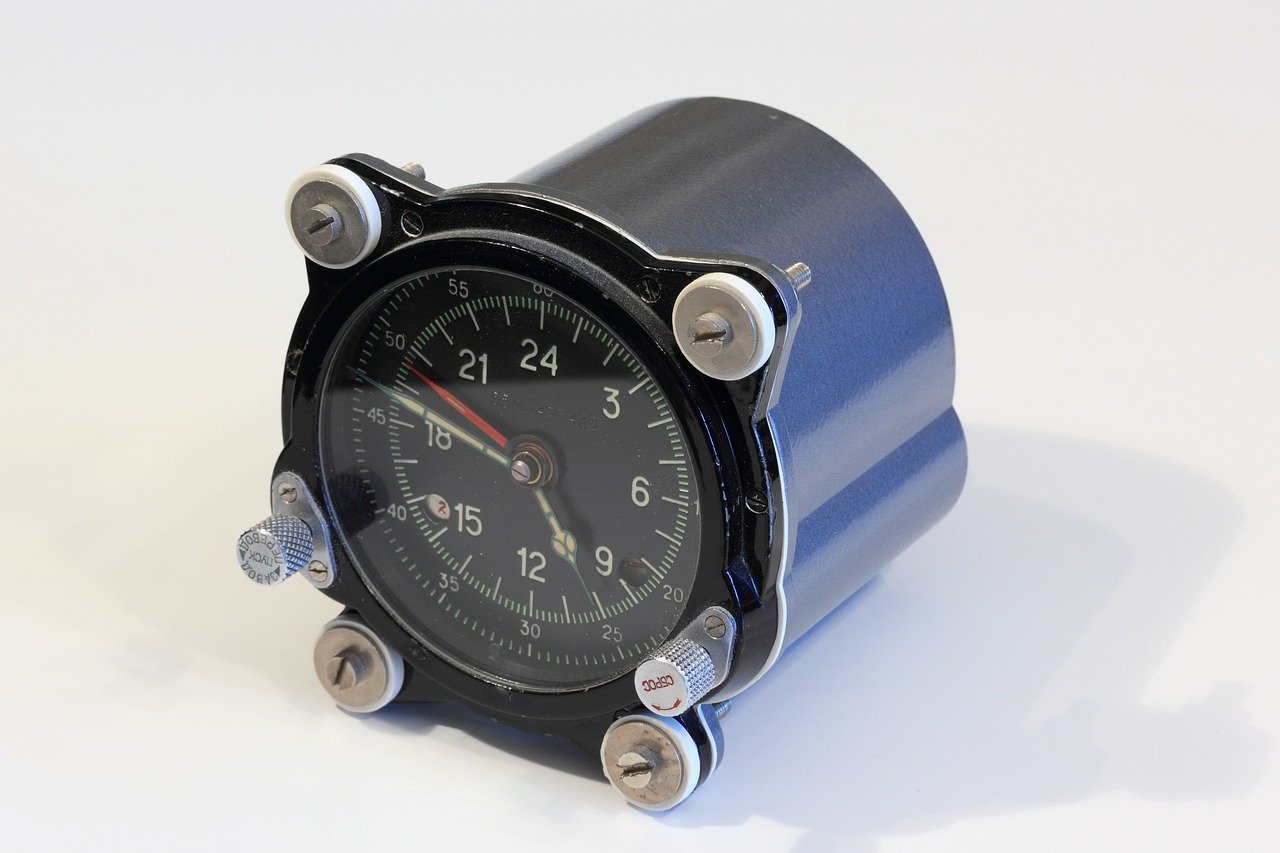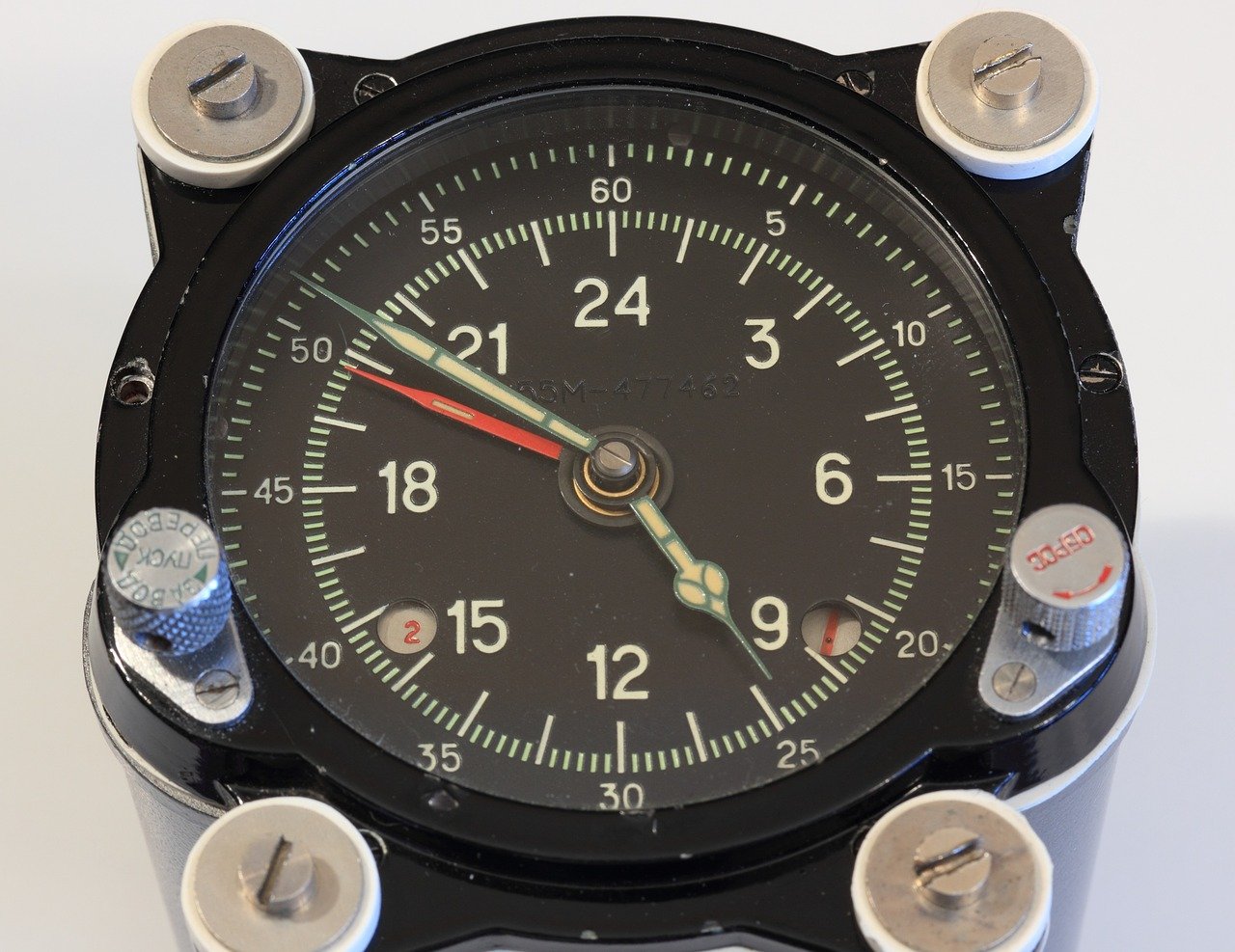Military Time Chart
As someone with a wild heart and a passion for adventure, you’re always eager to learn about new travel destinations. Embracing that spirit of exploration also means you might stumble upon a thing or two that’s completely foreign to you like military time. It’s a timekeeping system used by the armed forces that may seem a bit confusing at first, but fear not. This article on the ‘Military Time Chart’ will guide you on decoding this 24-hour clock format that could be an essential tool in your future journeys, helping to make your traveling endeavors smoother.
Understanding Military Time
When it comes to telling time, most of us are familiar with the 12-hour clock system, which cycles from 1 to 12 twice daily. However, there is another way to keep track of time: the military time. It may sound daunting, but understanding and using military time is easier than you might think.
Origins and Use of Military Time
Military time, also known as the 24-hour clock, has its roots in ancient Egyptian sundial and water-clock timekeeping. Today, it’s most widespread use is in military and emergency services across the globe. This system simplifies communication by avoiding the confusion of ‘AM’ and ‘PM.’ Different from the 12-hour clock, which starts at 1 and ends at 12, the military time begins at 00 and ends at 24.
Differences Between Standard and Military Time
The key difference between military and standard 12-hour clock time lies not only in the number of hours shown on the clock but also in how these hours are displayed. For example, what usually reads as 1:30 PM on a standard clock will be displayed as 13:30 in military time.
Reading Military Time Correctly
For hours 1-9 (or 0100-0900), punningly know as “oh” hours, you read them as “zero one,” “zero two,” etc. After ‘ten hundred’ hours (1000), you start with ‘eleven hundred’ (1100) up to ‘twenty three hundred’ (2300). For midnight, 0000 or 2400 can be used interchangeably.
Military Time Conversion
Transitioning from the 12-hour clock to the military time format might be a little challenging at the onset, but with a little practice, you’ll get the hang of it.
Step-by-Step Conversion Guide
To convert standard time to military time, if the time is in the afternoon, simply add 12 to the hour portion of the time, and that gives you the military time. If it’s a morning time, you do nothing, except to append a 0 before single digits.
Converting AM/PM to Military Time
Going from AM/PM time to Military time, keep in mind that for 1:00 PM to 11:59 PM, you add 12 to the hour portion of the time, and for midnight and morning hours (12:00 AM to 09:59 AM), keep the hour as is but append a 0 before single digit hours.
Converting Military Time to AM/PM
For converting military time to standard time, any time from 0000 to 1159 is AM, and from 1200 to 2359 is PM. For PM hours, subtract 12 from the hours to get the equivalent standard time.

Common Military Time Conversion Problems
While converting between the standard and military time is generally straightforward, a few stumbling blocks do exist.
Issues with Midnight and Noon
The biggest confusion while dealing with military time comes with midnight and noon. Remember, 0000 and 2400 both represent midnight and midday is always 1200.
Difficulty with Large Hour Numbers
Another problem one might face while reading military time is with larger numbers, particularly for hours in the second half of the day. It is easy to get confused between 16:00 and 6:00 PM, for instance.
Navigating the 24 Hour Clock
Learning to visualize a 24-hour clock as opposed to a 12-hour one can also be quite confusing at first. Always remember the day starts at 0000 and ends at 2359.
Advanced Military Time Conversions
When you are comfortable with the basic conversion, it may be time to tackle more advanced military time conversions.
Handling Minutes and Seconds
Remember, while hours in military time run up to 24, minutes and seconds still go from 00 to 59.
Converting to and from Decimal Hours
Converting military time to decimal hours and vice versa is crucial, especially in industries such as aviation and finance. For decimal hour conversion, you will need to turn the minutes into a decimal.
Applying Military Time to Time Zones
Adding or subtracting hours for different time zones becomes simpler because the potential ambiguity of AM and PM is eliminated with military time.

Military Time in Global Context
Interestingly, military time is not limited to military use. This 24-hour timekeeping system is also the standard in many countries and industries.
Countries that Utilize Military Time
Across the globe, countries in Europe and parts of Asia and Africa use military time in daily life. Whether it is written on train schedules or used on digital devices, the 24-hour clock system is commonplace.
Major Industries using Military Time
Significant industries apply military time for its clarity and precision, including healthcare, aviation, emergency services, and computing among others.
Cultural Variations in Time Keeping
Time keeping can vary greatly between cultures, including subdivisions of hours, counting of hours, and even starting the day at different times. However, military time provides a uniform system recognized globally.
Military Time in Everyday Scenarios
Though its name implies use primarily within the military, the 24-hour clock encompasses use in many everyday scenarios as well.
Military Time in Travel and Schedules
When travelling, particularly in countries that predominantly use military time, recognizing and understanding military time can help prevent missed or misunderstood times. It’s commonplace in foreign transport schedules.
Using Military Time in Business
With globalization and more businesses operating across multiple time zones, using military time prevents misunderstandings and miscommunication.
Applying Military Time in Healthcare
In healthcare, any scope for error can be detrimental. Using military time can minimize confusions, particularly in medication schedules, medical charts, and appointment times.

Tips to Memorize Military Time Chart
Although it seems a bit challenging at first, with some techniques, it can be quite straightforward to memorize the military time chart.
Key Points for Quick Recall
Remember key points such as midnight as 0000 or 2400, noon as 1200, and the start of a new day at 0000 can facilitate quicker recall.
Training Techniques for Mastery
Practice converting times back and forth between the standard and military formats, and before you know it, you’ll have mastered this skill.
Practical Exercises for Memory Enhancement
Performing practical exercises, like changing your clock settings to military time or using an online converter can help in mastering military time conversion.
Military Time on Digital Devices
Modern digital devices often give users the option to display time in either 12-hour or 24-hour formats.
Setting Military Time on Smartphones
On most smartphones, you can choose to display the time in military format. This setting is usually found in the date and time options of your phone settings.
Using Military Time on Computers
Like smartphones, most computers give you an option to change the time settings to display military time on your computer.
Digital Watches with Military Time
Many digital watches come with an option to display the time in military format. Some even have a dedicated button to switch between 12-hour and 24-hour times.

Military Time in Aviation and Maritime
In fields like aviation and maritime which demand precision and uniformity, military time is highly utilized.
Why Military Time is Essential in Aviation
Precision is everything in aviation. Using military time eliminates the potential confusion between AM and PM times, minimizing the scope for errors.
Use of Military Time in Maritime Navigation and Communication
Similar to aviation, maritime communication and navigation use military time to avoid confusion and ensure safety at sea.
Challenges and Solutions in Cross-time Zone Navigation
When dealing with cross-time zones navigation, military time proves essential, offering clarity and preventing misunderstanding.
Future of Military Time
The use of military time will continue to evolve in our daily lives and in different industries, with advancements in technology and globalization.
Trends Shaping the Use of Military Time
Many consider the 24-hour clock to be a more logical way to keep time and predict that its use will become even more widespread.
Potential Changes in the Time System
With growing digitalization, systems may adapt to offer increased flexibility, such as eliminating the use of zero padding in early hours of the day.
Innovation in Military Time Usage
Emerging technologies and new fields may foster innovative uses of military time, further proving its versatility and the importance of its understanding.


